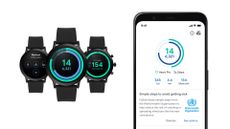The best running watch is the most versatile fitness wearable money can buy if you're a runner (this is probably obvious). These GPS-enabled running wearables are more than just expensive smartwatches – some models from top-tier brands such as Garmin, Polar, Suunto, and Coros can help you run and work out better, faster and more efficiently.
If you've only used the best fitness trackers and best smartwatches before, getting even a beginner running watch will feel like you've supercharged your training, even though the gap between GPS running watches and fitness bands is closing. To put it bluntly, if you take running training seriously, you'll need a running watch.
For slower movers who want to know where they're going, we recommend investing in the best hiking GPS instead. Triathletes better peruse our best triathlon watch guide, although admittedly, there is an overlap between the two. Finally, we have a dedicated best Garmin watch guide and a definitive list of the best cheap Garmin deals roundup, in case that's what you're after a Garmin.
Best running watches to buy right now
Why you can trust T3 Our expert reviewers spend hours testing and comparing products and services so you can choose the best for you. Find out more about how we test.
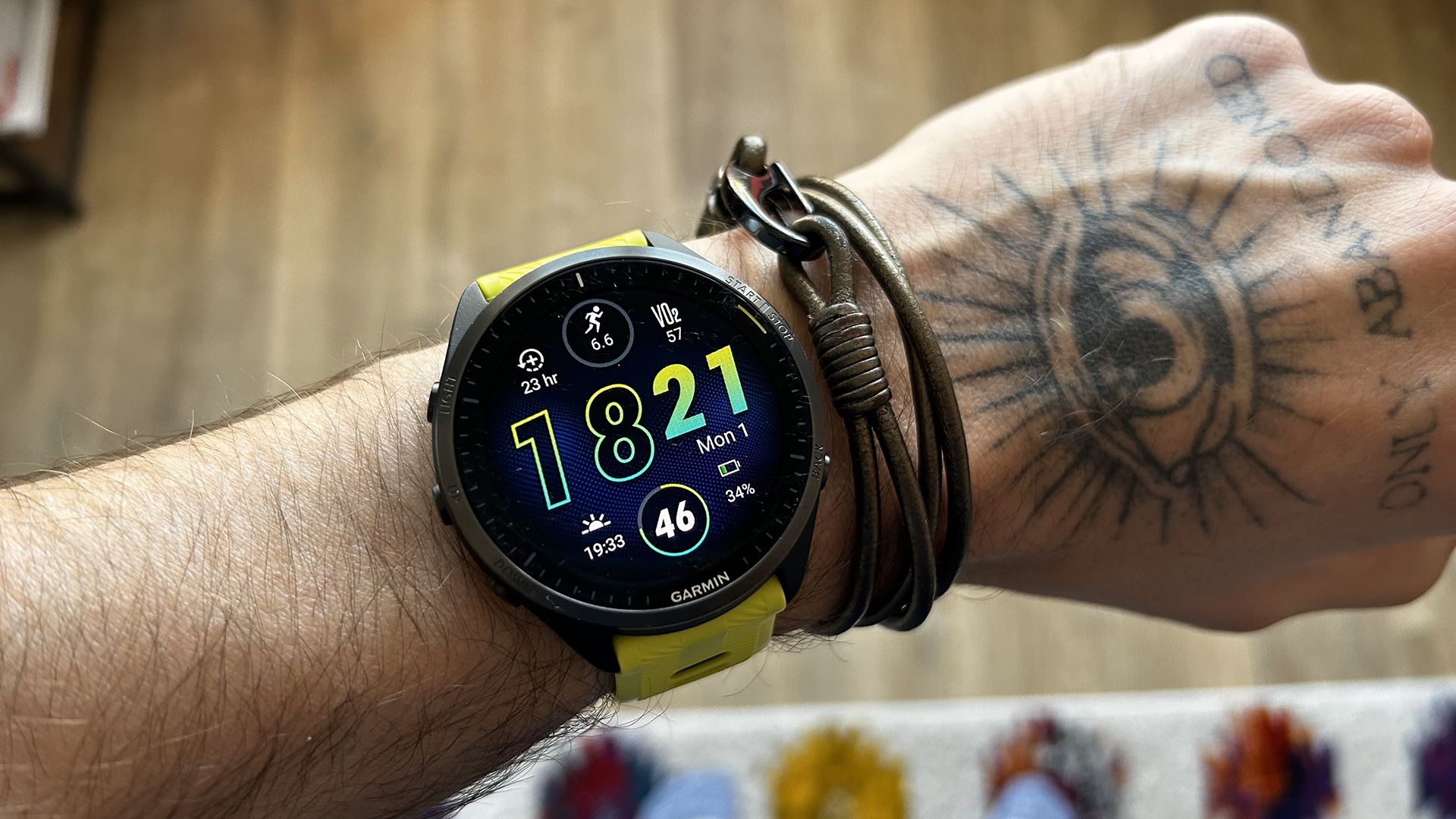
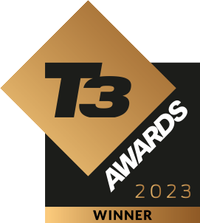
The Garmin Forerunner 965 is everything we hoped the Garmin Forerunner 955 Solar would be and more. The Forerunner 965 uses the same sensors and features as its predecessor, but it's lighter and thinner, which is ideal for a performance wearable professional athletes will use for training. The titanium bezel is a nice touch, as are the different colourways, allowing people to buy the best Forerunner in colours other than black.
The AMOLED display is bright and responsive, and the glance view is as good as it's always been. If you need an accurate multisport watch and have enough disposable income to justify the price, the Garmin Forerunner 965 is a must-have. Thank you, Garmin, for rolling out such a significant hardware update soon after the Forerunner 955 Solar launch. We love it.
Read our full Garmin Forerunner 965 review.
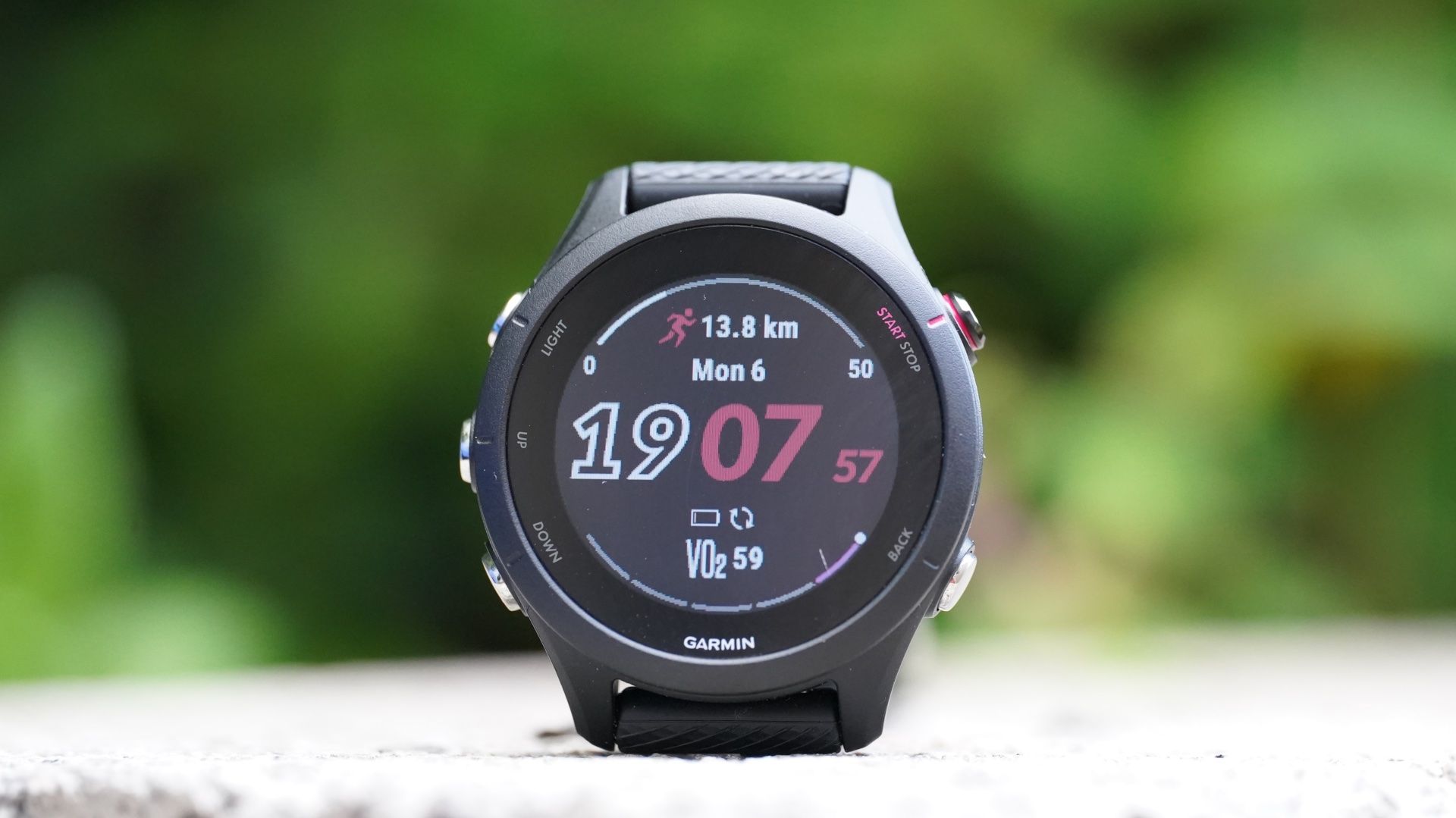
The Garmin Forerunner 255S is the smallest Forerunner to date, yet it offers more functionality than most running watches. In fact, we can't call the Forerunner 255S just a running watch anymore – thanks to the addition of the triathlon sports mode, it's now a full-fledged triathlon watch. And the smallest of those, too.
Among all the new features, heart rate variability stands out; it adds another layer to the extensive recovery and training features already included on the Forerunner 255S. Not to mention the Race Widget and the triathlon mode mentioned above; the Forerunner 255S is a tiny but indeed mighty wearable.
The best thing about the watch, though, is that it enables people with small wrists to have access to pro workout features without any compromises. You can train like a pro using a small watch and a heart rate monitor – and that's worth the hefty price tag.
Read our full Garmin Forerunner 255S review


The Coros Pace 2 might provide fewer lifestyle features than some Garmins, but its running features are spot on. Its predecessor, the Pace, was a good enough watch, but the Pace 2 improved on all the key features, such as battery life and sensor accuracy and did it without you having to pay the premium.
For us, the best part of the Coros Pace 2 is its screen. It's sharp, bright, and just a joy to look at. Bright it might be, the display doesn't eat away battery life: impressively, the Pace 2 can go for up to 30 hours between two charges in GPS mode. In smartwatch mode, it can go well over two weeks without having to charge the watch.
The Pace 2 is one of the lightest running watches on the market today: it weighs only 29 grams, including the nylon band. And if all this didn't convince you to get the Pace 2, we'll let you know that Coros is now endorsed by the Eliud Kipchoge (external link), the fastest marathon runner in the world. If he likes Coros, we do too.
Read our full Coros Pace 2 review.

The Apple Watch Series 8 surprised us with its running prowess during testing. The watch offers personalised Heart Rate Zones based on your estimated max heart rate and resting heart rate saved in the Health app (you can also manually create zones). Personalised heart rate zones can help you train better and understand the strain on your body easier. It's been used in the best running watches for a while, and it's nice to see the Apple Watch offering it, too.
The WatchOS 9.2 update also added the Race Route feature, which notes the routes you run or cycle most often and allows you to do battle with your own personal best (like racing the ghost of your best time in Mario Kart). Pacer is another new feature that allows you to set a goal for distance and time and prompts you to go faster or slower to meet that target.
The only downside of the Apple Watch Series 8 – always been – is battery life. A full charge will only give you 18 hours of use, although you can boost it to around 24 hours using Low Power mode. For longer battery life and additional features (such as Apple's Precision Start), you might want to consider the Apple Watch Ultra.
Read our full Apple Watch Series 8 review
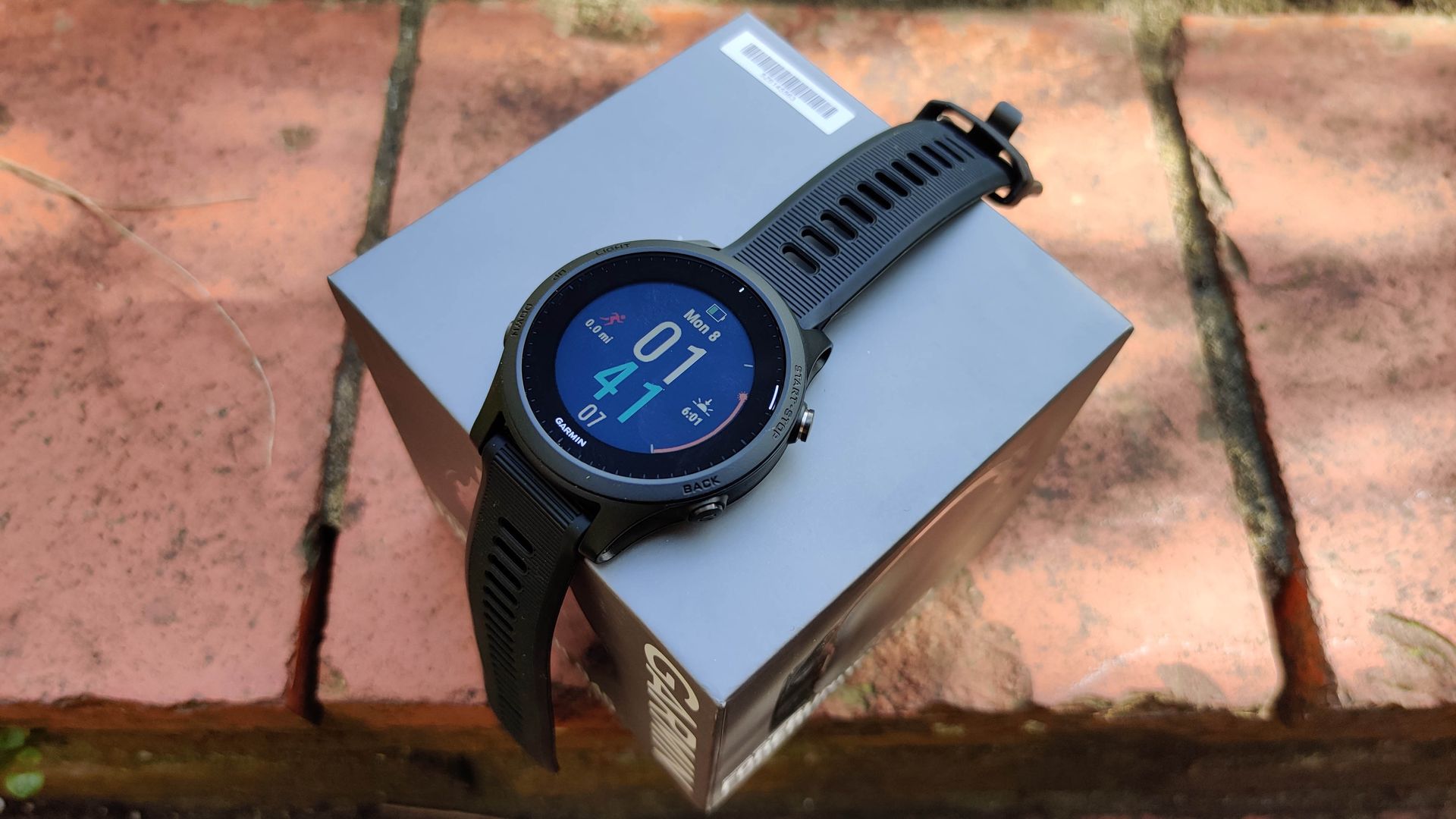

The Garmin Forerunner 945 is a great compromise between top-notch features and price whilst not being a compromise at all. And while the Forerunner 945 has retained the look and feel of the Forerunner 935, on the inside, it has been completely revamped.
To start, the Forerunner 945 uses Garmin's new Elevate optical heart rate sensor, which is more accurate than before, even underwater. It also uses a new GPS chip that manages battery life better, and it is more accurate than its predecessor.
Unlike its predecessor, the Forerunner 945 has onboard music storage and is Garmin Pay-ready. You won't use any of these features on races, probably, but we can safely assume that you will wear the smartwatch on non-race days, too, where they might come in handy. You also PulseOx, Live Event Sharing, accident detection and assistance, Body Battery energy monitoring, Training Load Focus and many more.
The Garmin Forerunner 945 comes with onboard maps as well. Granted, the 1.2" screen is not as detailed as your smartphone, but if you want to break away from the phone screen for a bit and still want to be able to navigate at the same time, the Garmin Forerunner 945 has got your back.
Read our full Garmin Forerunner 945 review


The Garmin Forerunner 55 is an entry-level running watch. Compared to its predecessor, the Forerunner 45, the most significant change is the improved battery life: in both smartwatch and GPS mode, the Forerunner 55 lasts almost twice as long as the Forerunner 45. It also added a load of non-performance features such as respiration rate and women's health tracking, hydration reminders, breathing timer, and so on.
As for performance features, the Forerunner 55 now has a Pool Swimming profile and can track a range of metrics while you're splashing around. It can help you pace yourself better outside the water using the PacePro Pacing Strategies feature. Using PacePro, the algorithm calculates a strategy for when to increase or decrease your pace along the course for the best overall pace.
There are also personalised run workout suggestions on offer; these are based on your training history, fitness level and recovery time; you should definitely listen to these if you're new to running. The adaptable Garmin Coach could also come in handy for beginner athletes.
Read our Garmin Forerunner 55 review
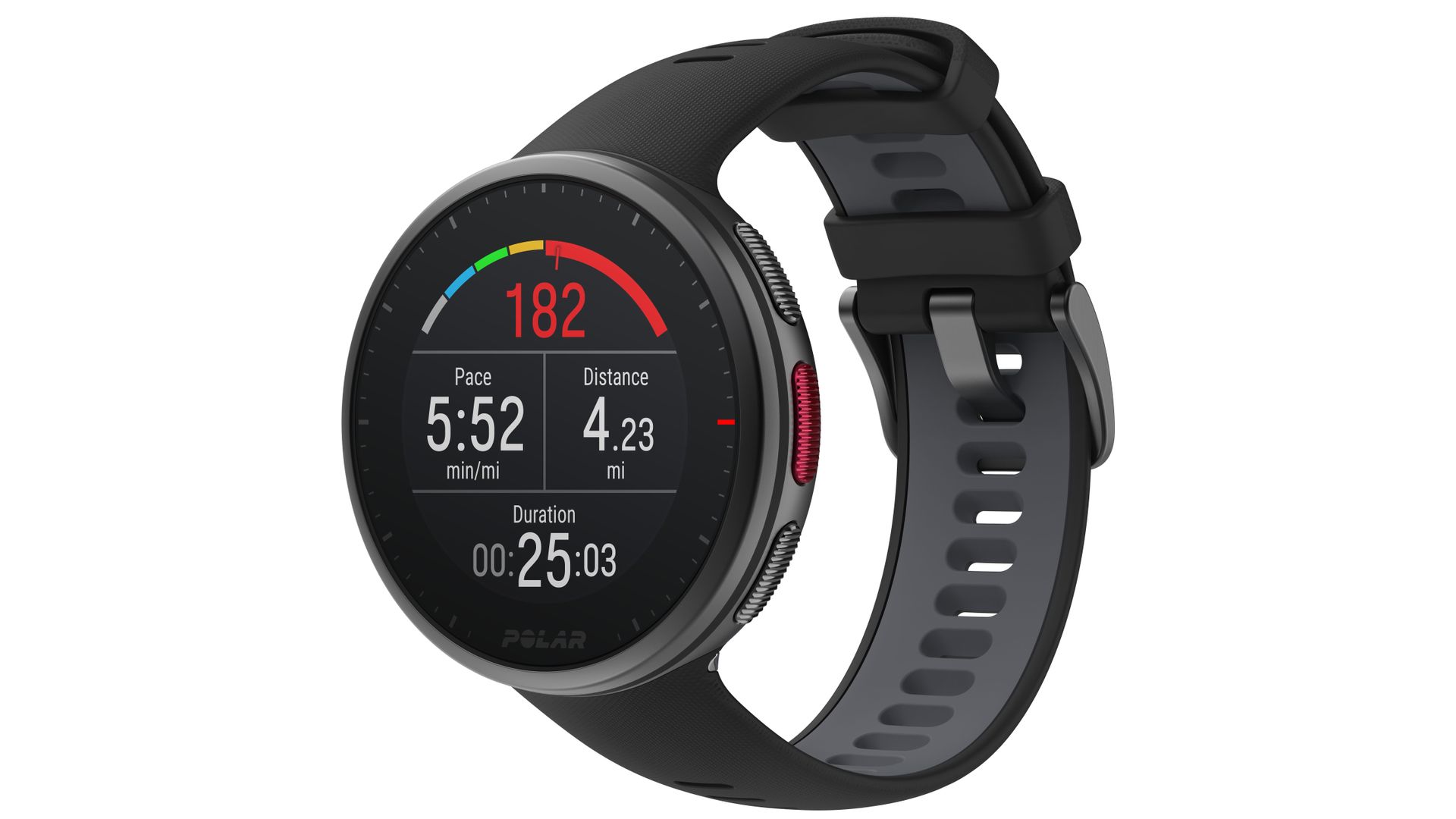

The Polar Vantage V2 might lack some more casual features you'd expect to see in a top-notch running watch, such as on-board music storage and maybe even contactless payments, but truth to be told, the Vantage V2 is for the hardcore crowd, and they might not care all that much about these filthy casual frivolities anyway.
Build quality is excellent and definitely a step up from the original Vantage V. It has loads of useful tests and data for serious runners and cyclists to better their form and get ready for races more efficiently. Better still, most of the tests and data provided by the Vantage V2 can't be found elsewhere, making it all the more appealing for information-thirsty athletes. It would have been great to see some improvements to the user interface and especially the navigation in future iterations of the Vantage series.
We would recommend the Polar Vantage V2 to anyone who would like to take their athletic performance to the next level: there aren't many wrist-wearables that provide quite as much data as this one. If you're interested to know how the Vantage v2 compares against the Vantage M2, read all about it here: Polar Vantage M2 vs Vantage V2.
Read our full Polar Vantage V2 review


Huawei is after the big dogs of the running watch market with the Watch GT Runner. The company's first foray into the field of specialised performance wearables is built on the Huawei Watch GT 3 platform that, at least in our opinion, is an excellent smartwatch on its own terms.
Compared to the sporty Watch GT 3, the Watch GT Runner lost some of the heft, kept all the sensors and added more running-specific features, creating an affordable running watch that's easy to use (and like). The AI Running Coach feature is similar to Garmin's Running Coach, but here, the watch talks a lot more (literally) and informs you about everything from pace to heart rate as you run.
Sadly, the Watch GT Runner is only available in the UK and Europe, and as of now, we haven't got any information about when it will become available in Australia and the US. If you live in either the UK or Europe, you'd be silly not to try out the Watch GT Runner.
Read our full Huawei Watch GT Runner review
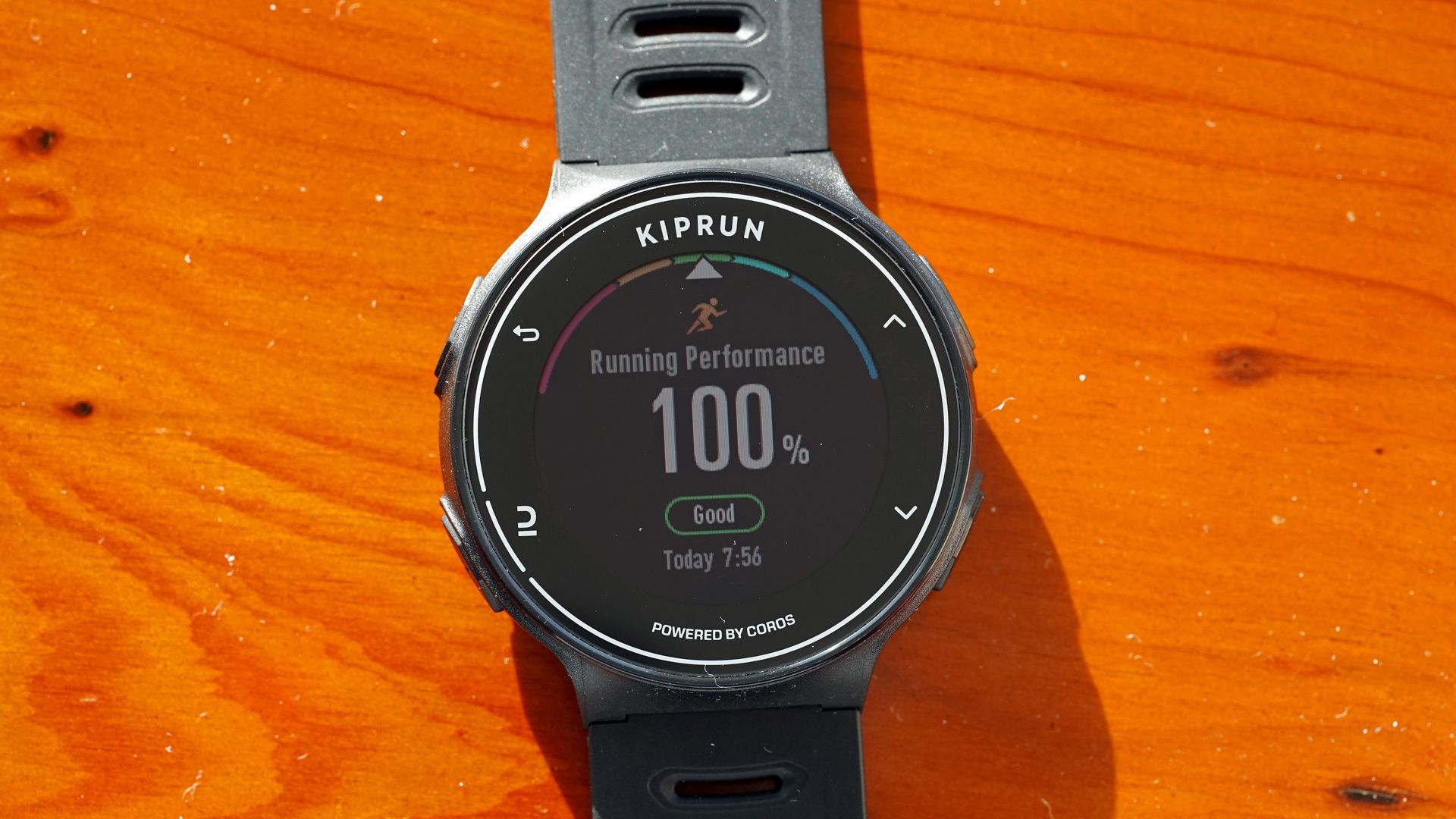
In the current economic situation (i.e. cost-of-living-crisis), it's impossible not to recommend a cheap running watch that performs well. To be fair, there will always be a market (and demand) for decent inexpensive sports wearables, even in good times, and the Kiprun GPS 500 by Coros is one of the best ones of those right now.
It might not be the most innovative running watch, but what the Kiprun GPS 500 is supposed to do (as in track runs), it does really well. It won't recommend specific workouts each day, but it'll tell you your training load and how long you need to wait to recover. It might not monitor sleep, stress or heart rate variability, but beginner runners might not need those features anyway.
Get the Kiprun GPS 500 if you need a no-frills, affordable multisport wearable for training. If you want to buy the Forerunner 255S but decide to buy this watch instead, you can also get the On Cloudmonster (one of the best running shoes for training) and still have money left over. Need we say more?
Read our full Kiprun GPS 500 review
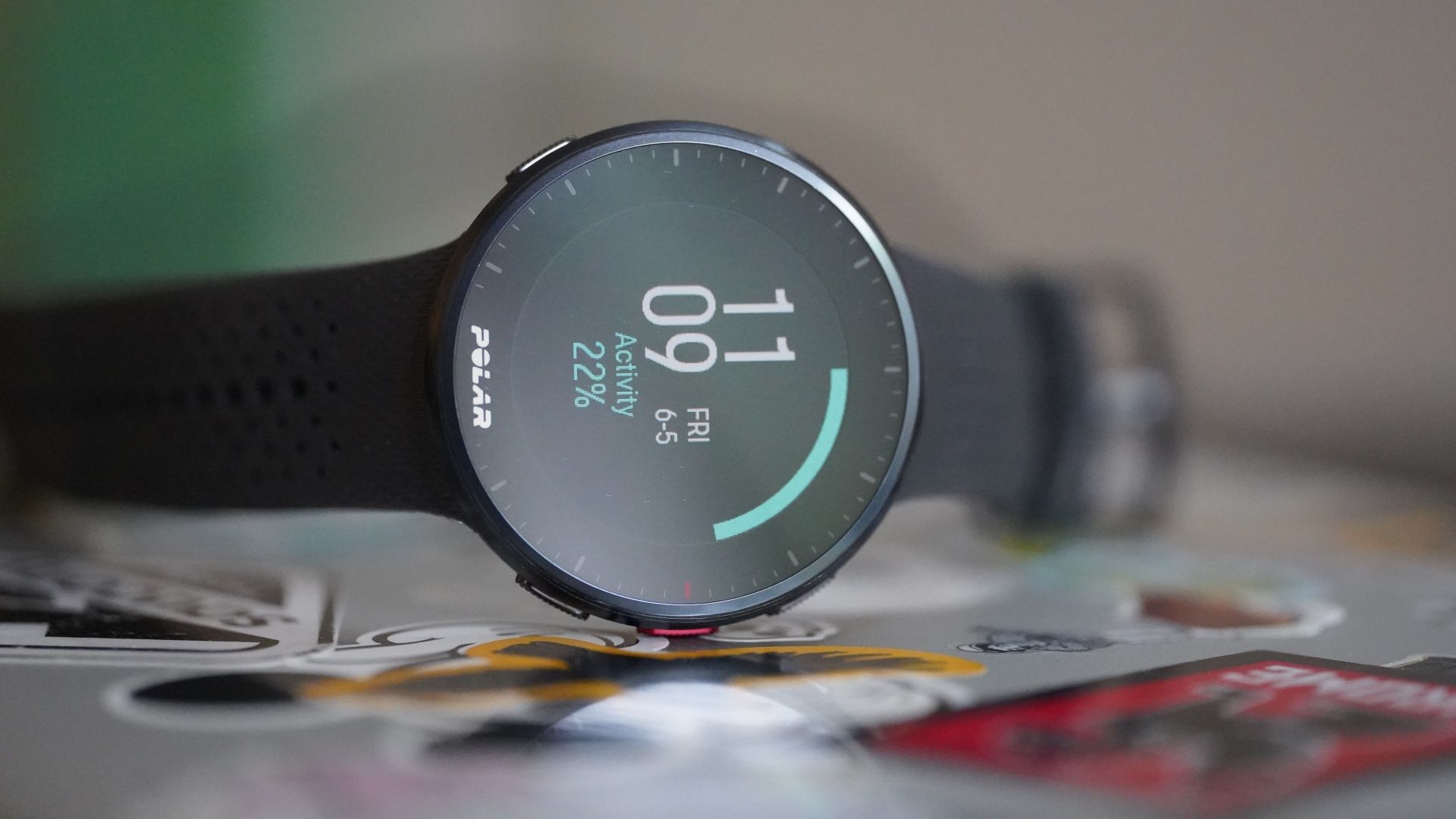

The Polar Pacer Pro is one of the best Polar watches, especially if you aren't too keen on touchscreen operation. It's definitely better value for money than the Vantage V2, although the latter has more features and tests.
The new screen is brighter and easier to read in broad daylight. The Pacer Pro also works faster than the Vantage M2, its closest predecessor, which is evident when looking at screen transitions and load times. The addition of extra features, such as running power and the different tests, was also a good call from Polar and further increased the 'getting your money's worth' appeal of the Pacer Pro.
Sadly, once you zoom out and look at the broader running watch market, things will look less rosy for the Pacer Pro almost immediately. There are numerous AMOLED running watches for the same price (e.g. Huawei Watch GT Runner) or cheaper MIP watches with a more robust training ecosystem (e.g. COROS Pace 2) – why would you choose the Pacer Pro over these? On the bright side, the Pacer Pro is a decent mid-range multisport watch, so if you're on the market for one of those, by all means, get the Polar.
Read our full Polar Pacer Pro review
How we test the best running watches
T3's running watch test is a labour-intensive process, especially considering
that modern running watches have a slew of features including sleep/SPO2/respiration tracking, contactless payment, smart notifications and stamina measurements, just to name a few.
Hence why we like to test running wearables for at least a few weeks to make sure we have a clear picture of how precisely the sensors and features work and how they perform under rigorous training circumstances.
As well as all this, we examine the companion apps the watches use to check compatibility. And, of course, we compare the running watches to other watches on the market in terms of value for money.
For more info on how we test at T3, read the linked article now.
How to buy the best running watch for you
For the record, you don't necessarily need a running watch to log indoor or outdoor activity. You can use your smartphone's GPS to track your geolocation and a heart rate monitor to track the activity itself.
However, running watches provide heart rate sensing and GPS tracking on your wrist and thanks to their screens, you can keep an eye out on all the data in real-time. On some models, you can also check the map and your exact position on the watch itself as you run without consulting your phone.
Probably the best advice when shopping for a sports watch is to buy one that's a bit more advanced than you currently need it to be. If you've literally just hauled yourself off the sofa for the first time in a decade, you might well think you'd rather not know your heart rate, but in nine months, after you mastered the art of how to lose belly fat fast, you may feel very differently.
Likewise, if you've been running for a while, you may be heading towards that point where you'll want to know more about your cadence or lactate threshold.
If you're only going to use your watch in the gym, you may be able to get by with just heart-rate tracking and the ability to time intervals. How about cyclists? More casual pedal pushers can make do with GPS and the ability to track time, speed and distance. But as you get more into it, you could be swayed by the ability to link to power meters and the rest of the Lycra warrior's arsenal of ANT+ and Bluetooth paraphernalia.
Almost all of these watches sync with their respective mobile apps (Garmin Connect, Polar Flow etc.) and third-party apps, like Strava. These let you dig deeper into the details, create and download pre-planned coaching lessons and set up goal-specific training plans to help you achieve your running and fitness goals.
FAQ
What watches do professional runners use?
Pros often use watches from brands they are affiliated with. For example, Desiree Linden, Eliud Kipchoge and Kílian Jornet are COROS athletes, and Garmin and Polar also sponsor a bunch of top-tier athletes that use their watches for training and racing. Jan Frodeno, Alaister Brownlee and Jim Walmsley are using Wahoo watches.
What is the best running watch?
Our favourite running watch at present is the Garmin Forerunner 225S because it represents a good balance between price and functionality, and it's versatile enough for runners of all abilities as well as powerful enough to satisfy stat-hungry semi-pros as well. Garmin makes more running watches than anyone else, and – in our opinion – the best of them are the finest running watches you can buy.
For off-road adventures, you can choose the Suunto 9 Baro or the Garmin Fenix 6 Pro: both have excellent battery management options, and they are also more rugged, a feature that might come in handy when exploring the wilderness. For the same reason, they are also a bit heavier than some of the other models on the list.
If you have less than £200/$230/AU$399 to burn, you can get a Fitbit Versa 3; this smartwatch is aimed at casual users but can track all the key body metrics. It's also comfortable enough to wear for sleeping and has a pretty AMOLED screen.
Alternatively, the Polar Ignite 2 is a good entry-level fitness watch/fitness tracker with great functions and a decent touch screen. Talking about Polar: the Ignite might not be the best Polar watch, but it's pretty decent, nevertheless. Just like the Suunto 7 is not the best Suunto watch but you should buy it anyway, as it has received many updates since its launch.





